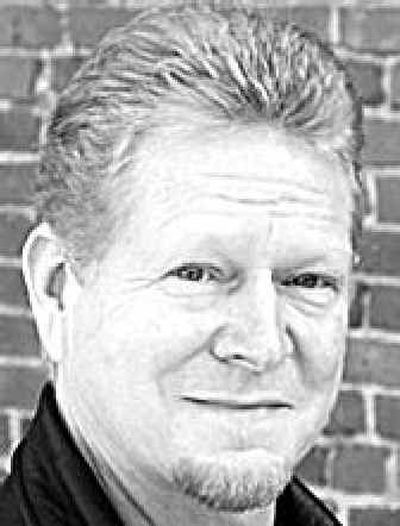Extreme driving unacceptable

Dragster-like takeoffs, incessant speeding, perpetual tire squeal, racing other vehicles, and even driving while intoxicated — sorry, sports fans, this is over. I admit, in the 1960s, I partook in these activities — but only lived through them due to a simpler environment and miracles. Well folks, it’s no longer your father’s driving world, and extreme driving is not tolerable in the new millennium.
I’m not saying that this showoff stuff was ever appropriate, but it was more tolerated in 1968. Sparse traffic, cheap fuel, muscle car advertising, indulgent law enforcement, and a distinct lack of an anti-drunken-driving message all led to the permissive attitude. Times change, and so must our driving — dense traffic, record high fuel costs, and a better understanding of how our driving indiscretions take lives all are part of the new reality. Many youthful drivers, and older ones who haven’t grown up, still persist. Law enforcement is rightfully strict in its crusade to curtail the type of driving that many of us were guilty of in the past.
During my youth, I don’t know that speeding was encouraged, but in my case, it was hardly discouraged. For example, I got to know several Washington State Patrol officers who gassed up at a Shell station where I worked throughout my teens. I drove a Mustang at that time with plenty of speed equipment, and one of the Staters invited me out to the interstate late at night for a “speedometer check,” a euphemism for a race. Besides that episode, I was stopped for speeding dozens of times receiving only a warning, and whenever I was pulled over for going 100-plus, a ticket for “10 mph over” was the norm. At college, when my alcohol-breath was discovered during a traffic stop, I was told to head home and “take it easy.” See what I mean? Things were a bit more permissive in those days. As I mentioned, many of us were just plain lucky to have made it through the period unscathed and without hurting or killing others. Unfortunately, too many college-aged drivers still engage in this risky behavior. It’s no wonder that traffic accidents (not necessarily involving alcohol) are the leading cause of death in this age group.
Those cops that let me off were not bad cops — just police from a different era who were conditioned by a different set of mores. Those State guys that I befriended started driving in the era depicted in the movie “American Graffiti,” or the musical “Grease” — even before my driving days — with drive-in gatherings, hot rods, and street-drags. In the ‘60s, many of these fellas went into the WSP strictly to get a chance to drive the 427 Chevys, 428 Fords, and 440 or 426 Plymouths! Four decades later — while I suppose new recruits still like to drive fast — I believe that the impetus for joining the force comes from a wider set of ideals for most cadets.
Society has become more educated about the ill effects of performance driving and drunken driving — especially the two combined. The first time I remember seeing the debut ads telling drivers not to drink and drive was in the mid-‘70s. Yes, that should have been common-sense knowledge, but when I was 18 or 19, I didn’t have a full complement of common sense. Plus there were those enabling societal and media influences at play. I thought that young males were supposed to be wild and reckless. Just today, while perusing a 1966 periodical, American Bicyclist and Motorcyclist, I read an account of an episode that occurred on the “Mike Douglas (television) Show” where riding a motorcycle, “Actor Chuck (The Rifleman) Connors scooted up a ramp, flew through a flaming barricade and managed a perfect landing to the delight of street and TV viewers.” The accompanying photo depicted Chuck wearing street shoes, slacks, shirt, tie, and no helmet, in mid-jump on a Benelli 250 Barracuda motorcycle. See what I mean? Another permissive message, like many that impacted motor-prone youth like myself. That example wasn’t in a movie — just everyday antics.
So, precision driving is not synonymous with performance driving or extreme driving, and there’s no place on the streets for the latter two in 2005. These days, neither society nor law enforcement will stand for it. Come on drivers, let’s get our vicarious thrills from cinema, where chases and other vehicle mayhem are portrayed with more vigor than ever. Better yet, get a virtual thrill from the video racing games that mimic reality in an uncanny fashion; you can even have a big wreck without killing anyone. Amateur racers and thrill-seekers should take their cars out to Spokane International Raceway and run at the weekend drags — it’s fun and relatively safe there.
But please, on the streets, let’s abandon the speed, racing, drinking and other aggressive and dangerous driving habits (future topic), and drive with alertness, knowledge and skill — precision driving, not exhibition driving. Times change, as we must.